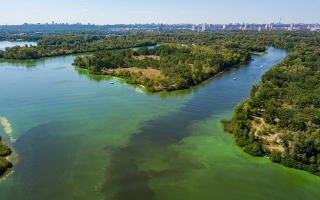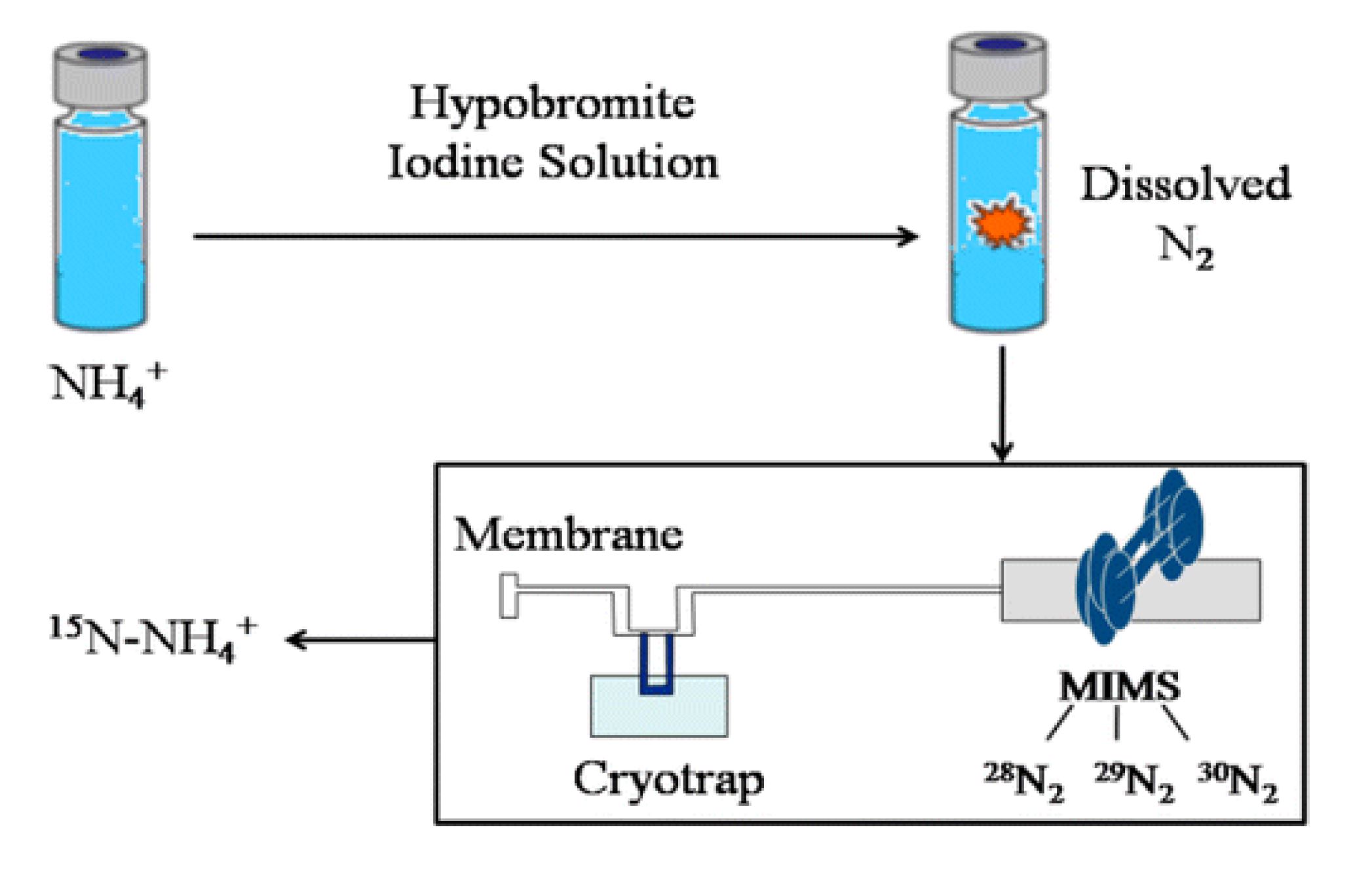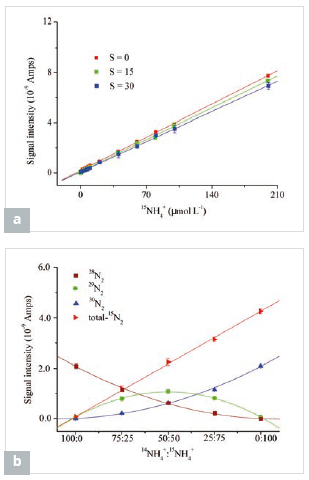Stable Isotope Analysis

Advanced Techniques in Assessing Nitrogen Pollution Through Stable Isotope Analysis
The HPR-40 DSA Mass Spectrometer is an exceptional tool for analysing nitrogen transformations in agricultural systems and surrounding waters, such as lakes, rivers, and coastal regions.
Related Products

Figure 5: A typical experimental procedure used to perform MIMS analysis of 15N:14N ratios.
MIMS provides an efficient and cost-effective alternative to traditional methods. By oxidizing the dissolved 15NH4+ using hypobromite iodine to form nitrogen gas, MIMS can be used to determine the concentrations of 28N2, 29N2 and 30N2 present in the sample, Figure 5 depicts this procedure. This method requires only small sample volumes of water or sediment slurries and is rapid, convenient, accurate, and precise over a range of salinities and 15N:14N ratios, as shown in Figure 6. The effectiveness of this technique makes it a great method to analyse nitrogen transformation in agricultural systems and surrounding waters including lakes, rivers and coastal regions.

Figure 6 (a & b): Relationships of the known 15NH4+ concentrations under diff erent salinity conditions and the known 14NH4+/15NH4+ ratios with measured signal intensities of 28N2, 29N2, 30N2 and total 15N2 at a NH4Cl concentration of 100 μmol L−1.
Sampling Inlets for Hiden Mass Spectrometers: Gas, Vapour and Liquid Sampling Systems
Solutions for Dissolved Gas Analysis in Swimming Pools
Membrane Inlet Mass Spectrometry (MIMS)
pQA – Portable MIMS Quadrupole Analyser

